To comprehend we need to know the meaning and the value of what is being said. What is being said can be in the form of words or numbers ( statistics)
Comprehending comes well before the process of understanding. To measure the information that we have available we first need to define its relevance to the questions that we ask.
We need to comprehend the value of the data towards the answers that we seek.
When we have established the value, we can seek to understand the impact the values and data have upon the solutions we desire.
It is only through this understanding that we gain knowledge and the processes and systems become easier to manage and control. The level of mistakes and accidents, wastage of raw materials can be reduced dramatically but greater value upon the bottom-line results.
Time is our enemy in business. In a perfect world, all the relevant information will be available. All that is required, is to follow the systems of the process to produce the end result. In a perfect world, the processes and systems have already been worked out and we do not have to extend ourselves. We know the results to be expected.
The world is not perfect. We find ourselves under pressure to produce in accordance with time limits and costs envisaging that efficiencies will deliver the desired result. This places pressure upon the systems and processes within the business as well as on the plant and equipment within the business. Yet no one measures what those limits are in the processes, the systems, and the individual’s own wellbeing. However, we continue to place more pressure upon ourselves, the business environment, and the capital assets of the business. It is preferred to reduce servicing, repair, and maintenance hoping that the machinery and systems will last. This is a false economy.
The data is available in a business from the day-to-day activities and prior decisions. It provides some guidance and insight into the patterns that exist. It is necessary to comprehend the data and understand the story that it provides. The data will provide the measure of the limits. The data determines the outliers of our efforts. More importantly, the data will indicate the value of work that has been done and the median value. The outliers also show the patterns of pressure placed against the worker or business owner. Not by the dollar value but by the number of units processed during any time period.
The questions we focus upon initially are
1) Is the median value of the output within the optimal pricing range of the product value on the shelf, ready for the customer to pay for?
2) Is the median value of the product on the shelf, such a value that it includes a healthy margin?
3) Or is the product or service being provided for a value less than the costs of production and placing the maximum pressure upon the business to produce?.
When we have the last situation (as mentioned above) the business and the people within the business, including the owner, will suffer from burnout and fatigue. It can be the precursor to accidents losses errors and mistakes. These consequences add to the loss within the business which heightens the burnout and fatigue of the business owners. It increases the probability of insolvency and liquidation.
It is the pressure placed upon people that creates burnout and fatigue. The processes and systems may be too restrictive and not flexible enough to make room for the extra demand placed upon the business. This pressure impairs the business’s well-being and the well-being of the people. Burnout and lacking wellbeing prevent creative problem solving and solutions.
The solution: 1) first comprehend the information that exists within the business.
2) then understand the relevance of the data permits
3) guide the business owner to explore the business to make decisions as to how to operate the business at an optimal performance level.
4)Reduce the pressure to create more wealth by focusing on the wastage that occurs within the business.
This will enable the business owner to prepare to protect the business for its realized potential.
